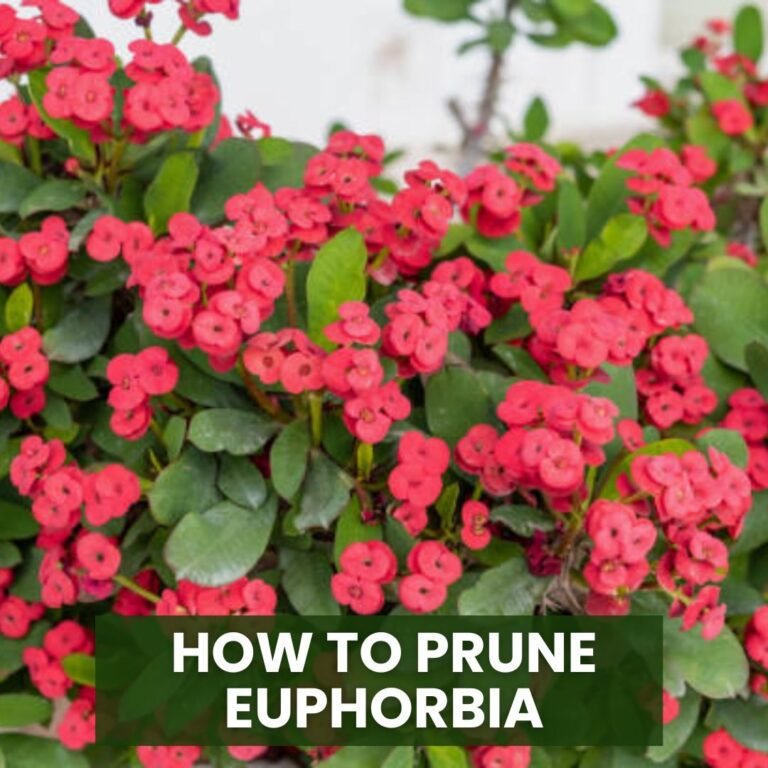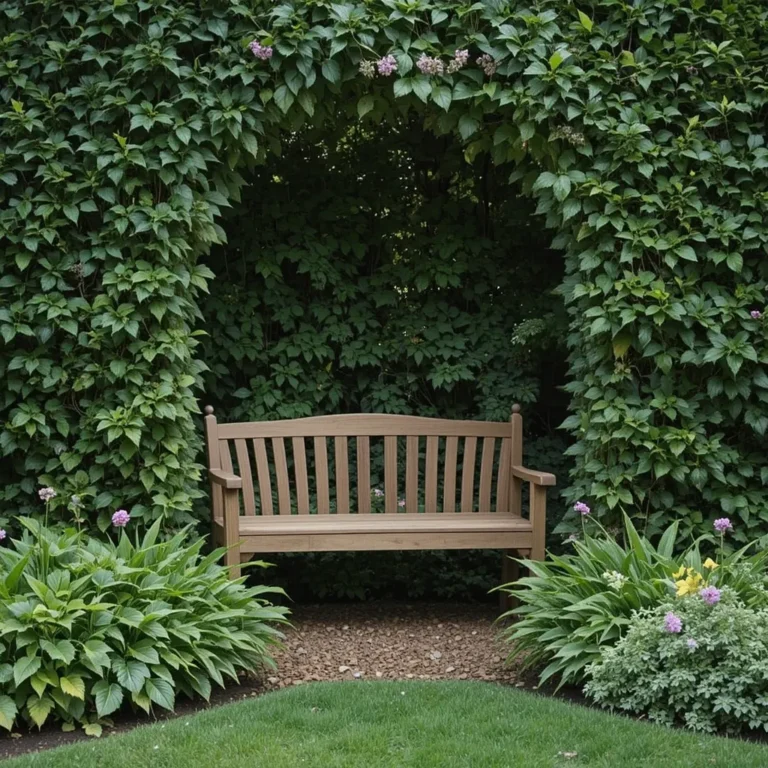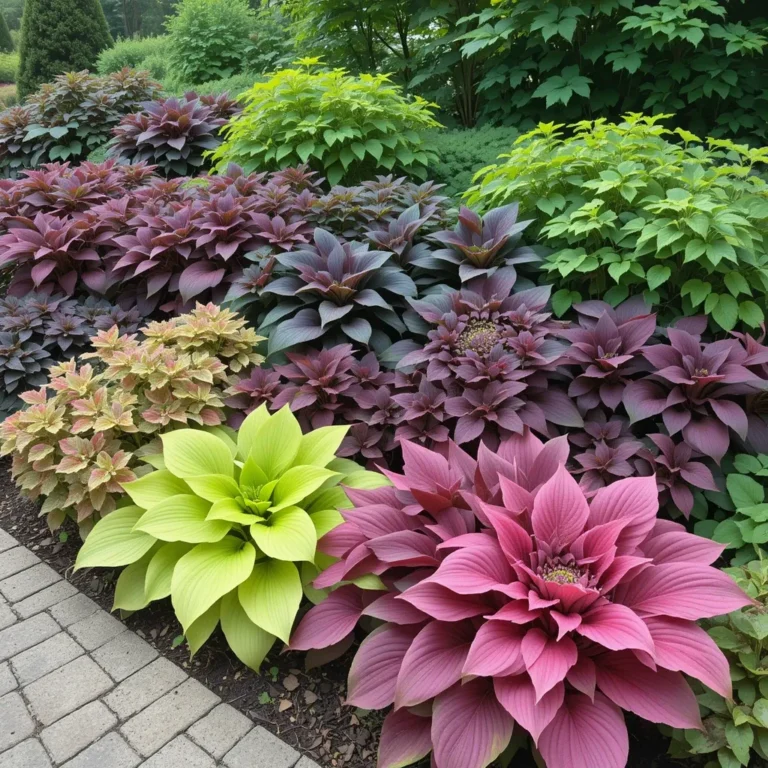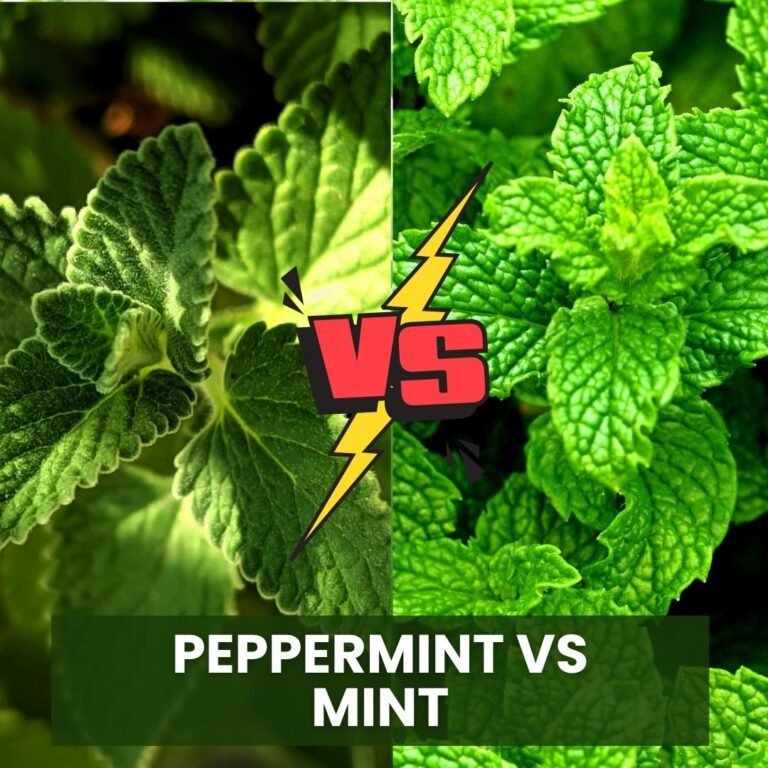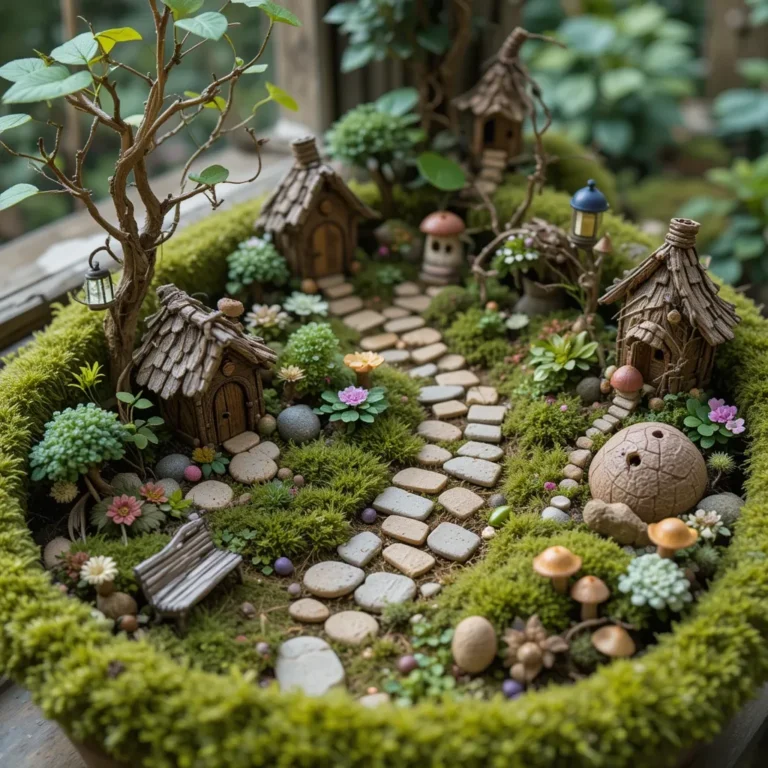18 Fall Vegetable Garden Ideas for a Fresh, Productive Harvest
Fall isn’t just about cleaning up summer crops—it’s a perfect season for planting vegetables.
Cooler temperatures, fewer pests, and moist soil create the ideal environment for growing a variety of vegetables.
With a bit of planning, your garden can stay productive well into the colder months.
In this guide, we’ll cover 18 fall vegetable garden ideas to help you grow a thriving harvest.
🥬 1. Grow Leafy Greens for Quick Harvests
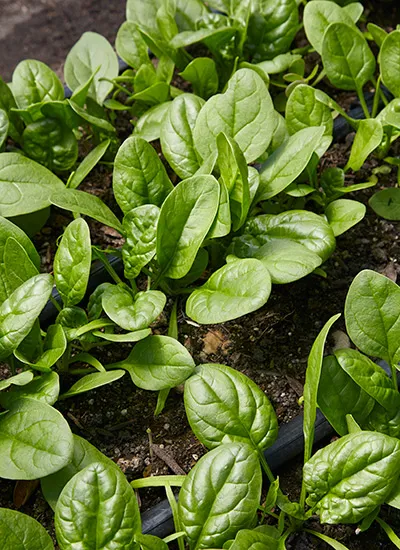
Leafy greens thrive in cool weather. Plant lettuce, spinach, kale, and Swiss chard in early fall for multiple harvests.
-
Best tip: Use row covers to protect leaves from early frost.
-
Soil needs: Moist, well-drained soil.
-
Sun: Full sun to partial shade.
🥕 2. Carrots That Sweeten in the Cold
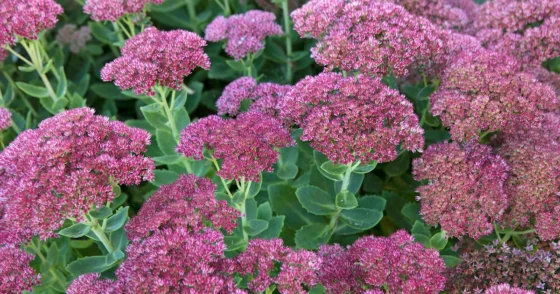
Carrots are one of the easiest fall root vegetables. Cool nights actually make them sweeter.
-
Varieties to try: Nantes, Chantenay, or Danvers.
-
Planting depth: ¼ inch deep.
-
Tip: Leave them in the ground for late harvest.
🧄 3. Garlic for Next Year’s Harvest
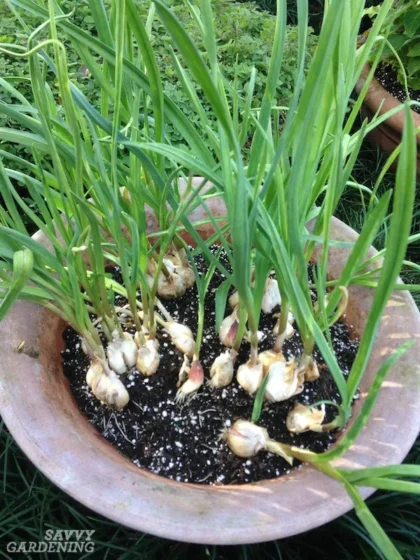
Plant garlic cloves in fall, and by late spring, you’ll have a full harvest.
-
Spacing: 6 inches apart.
-
Soil: Loose, nutrient-rich.
-
Tip: Mulch heavily for winter protection.
🥦 4. Broccoli That Loves Cool Weather
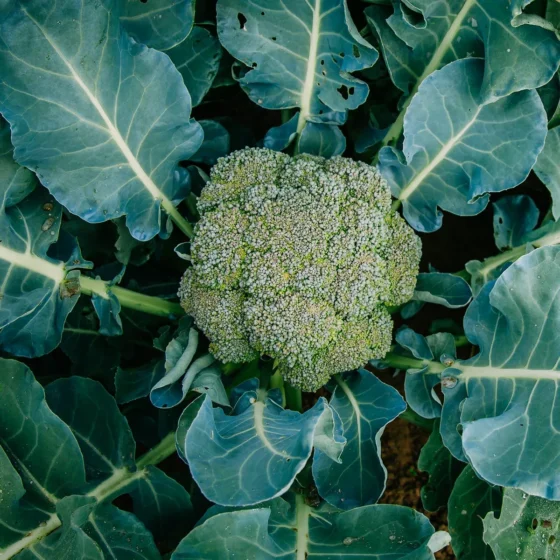
Broccoli grows best in cooler months. Fall planting reduces pest problems.
-
Spacing: 18 inches apart.
-
Sun: Full sun.
-
Harvest tip: Cut the main head, then enjoy side shoots for weeks.
🥔 5. Potatoes in Containers
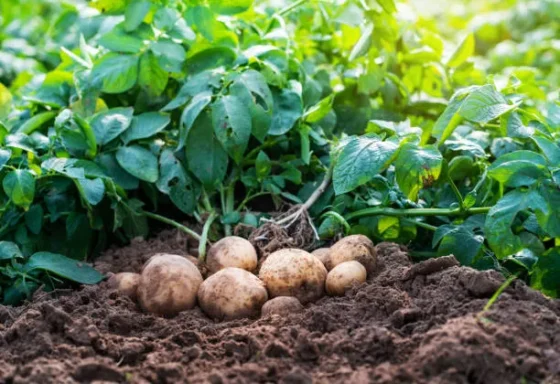
Yes, you can grow fall potatoes. Plant early-maturing varieties in grow bags or containers for an extended harvest.
-
Best varieties: Yukon Gold, Red Norland.
-
Tip: Keep soil hilled to protect tubers.
🥗 6. Cabbage for Soups and Salads
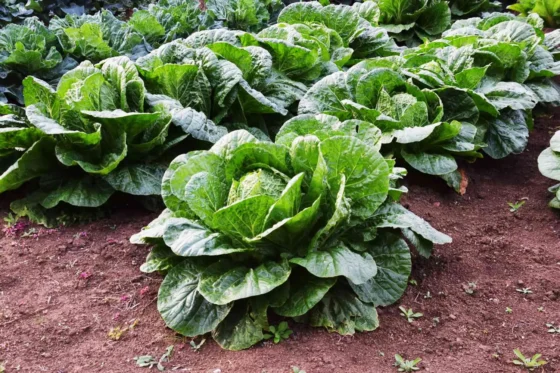
Fall cabbage is crisp and sweet. It grows well when planted mid-to-late summer for a fall harvest.
-
Spacing: 12–18 inches apart.
-
Uses: Soups, stir-fries, and slaws.
-
Tip: Cover with mesh to prevent caterpillar damage.
🧅 7. Onions That Overwinter
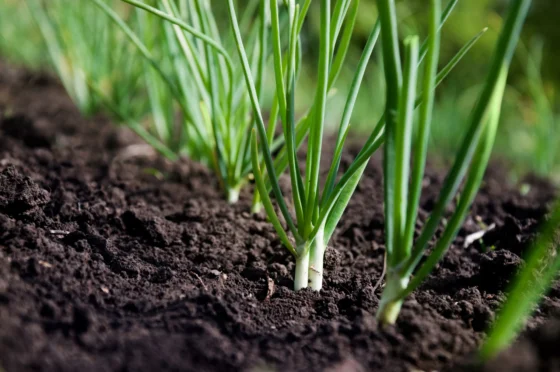
Many gardeners plant onion sets in fall. They overwinter and provide an early harvest in spring.
-
Spacing: 4 inches apart.
-
Soil: Fertile and loose.
-
Tip: Choose winter-hardy varieties.
🥒 8. Radishes for Fast Results

Radishes are one of the fastest-growing fall crops—ready in 3–4 weeks.
-
Spacing: 1 inch apart.
-
Varieties: Cherry Belle, French Breakfast.
-
Tip: Plant every 2 weeks for continuous harvest.
🥬 9. Mustard Greens for Bold Flavor
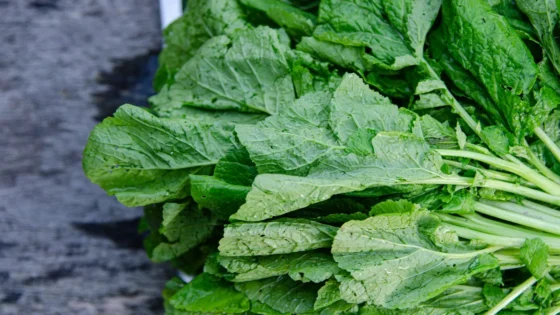
If you like spicy greens, mustard is perfect for fall. Cooler temps mellow the flavor.
-
Spacing: 6 inches apart.
-
Tip: Harvest young leaves for milder taste.
🥦 10. Cauliflower for Cool Season Harvests
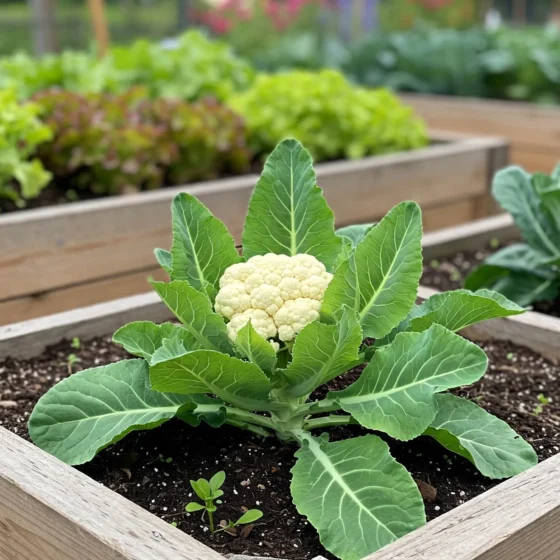
Cauliflower needs steady cool temperatures, making fall the best time to grow it.
-
Spacing: 18–24 inches apart.
-
Tip: Tie leaves around heads to prevent sun scald.
🥔 11. Beets That Thrive in the Cold
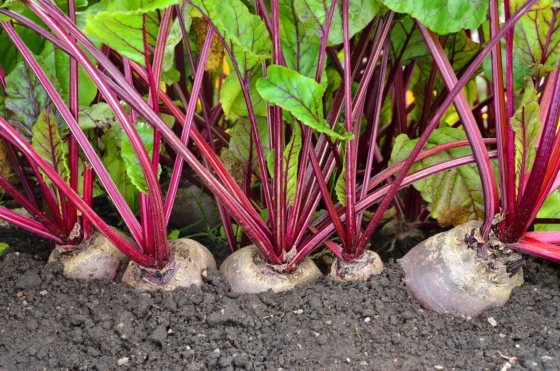
Beets love chilly nights. Both the roots and leaves are edible.
-
Spacing: Thin seedlings to 3 inches apart.
-
Varieties: Detroit Dark Red, Chioggia.
🥬 12. Turnips for Dual Harvests
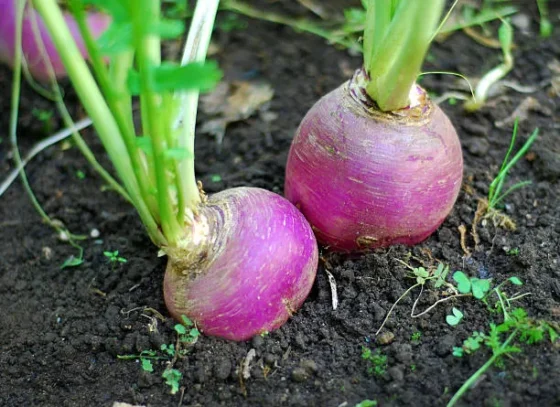
Turnips give you both edible greens and roots. They grow quickly in fall weather.
-
Spacing: 3–4 inches apart.
-
Tip: Harvest small for tender flavor.
🥗 13. Arugula for Peppery Salads
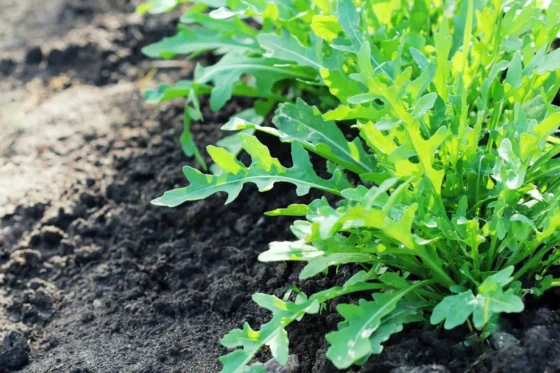
Arugula thrives in cool weather and grows quickly. Plant a small patch for fresh salads.
-
Spacing: 4 inches apart.
-
Tip: Harvest young leaves to keep flavor mild.
🥦 14. Brussels Sprouts for Frost-Kissed Flavor
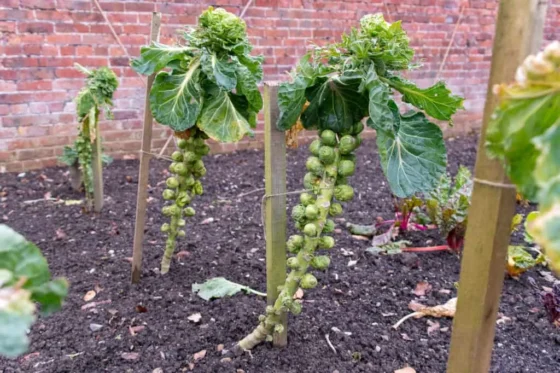
Brussels sprouts taste even better after a light frost.
-
Spacing: 24 inches apart.
-
Harvest: Cut sprouts from the bottom up as they mature.
🥬 15. Collard Greens for Southern Flavor
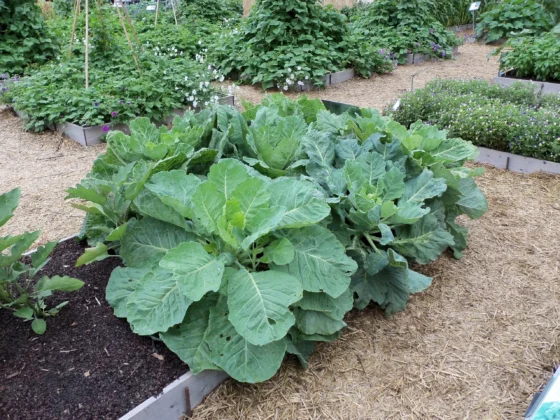
Collard greens are cold-tolerant and perfect for hearty fall dishes.
-
Spacing: 18 inches apart.
-
Tip: Frost makes them sweeter.
🥕 16. Parsnips for Winter Harvest
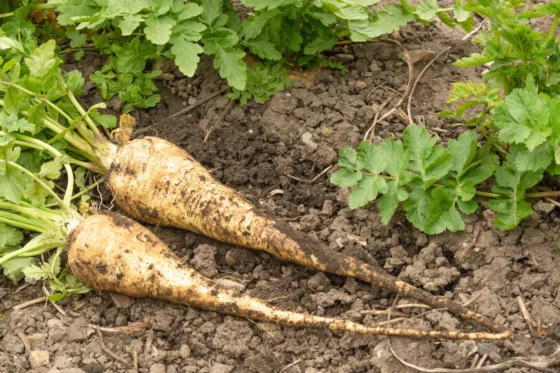
Parsnips need a long growing season but improve in flavor after frost.
-
Spacing: 3 inches apart.
-
Tip: Leave in the ground until late winter for the sweetest taste.
🧅 17. Leeks That Love Cool Weather
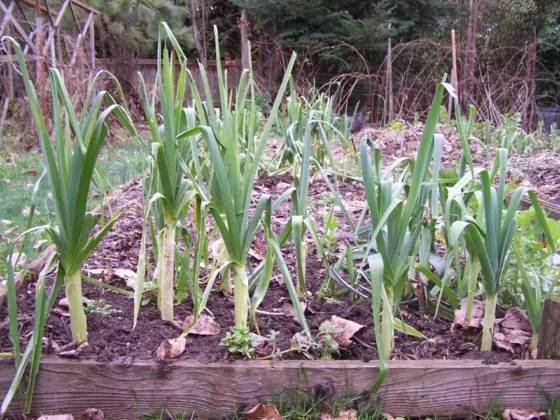
Leeks grow slowly but are incredibly hardy. Plant in trenches and hill soil around stems as they grow.
-
Spacing: 6 inches apart.
-
Tip: Mulch heavily for overwintering.
🥒 18. Extend Your Harvest with Cold Frames
Not just about plants—using cold frames or mini greenhouses lets you extend your fall vegetable garden.
-
Use for: Lettuce, spinach, carrots, and herbs.
-
Materials: Old windows, clear plastic, or DIY kits.
-
Tip: Vent on warm days to avoid overheating.
🌱 Bonus Tips for Fall Vegetable Gardens
-
Use raised beds to improve soil drainage.
-
Add compost before planting to boost nutrients.
-
Keep soil moist with mulch.
-
Plant succession crops for steady harvests.
👉 Engagement idea: Ask readers to share their favorite fall vegetables on social media using a hashtag like #MyFallGarden.
🍂 Final Thoughts
Growing vegetables in fall is a rewarding way to keep your garden alive beyond summer.
From fast-growing radishes and leafy greens to long-season crops like garlic and parsnips, there are endless ways to enjoy fresh food.
Adding structures like cold frames can stretch your harvest even further.
With these 18 fall vegetable garden ideas, you can enjoy homegrown produce while others are winding down for the season.
Now it’s your turn! Which fall vegetables are you planting this year? Share your thoughts in the comments, or save this guide for later inspiration.

